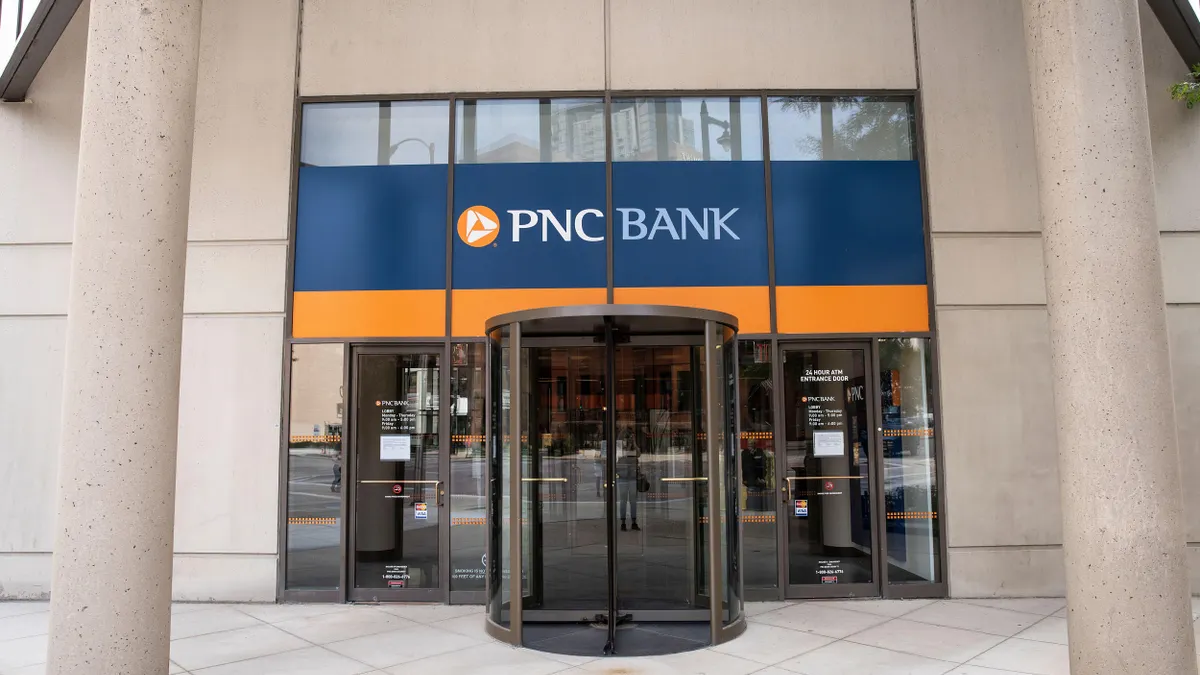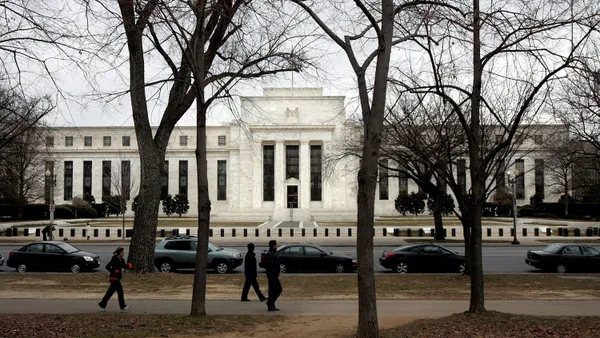Large banks that failed to correct “persistent weaknesses” might be required to reduce their operations, divest subsidiaries, or exit from one or more lines of business, the Office of the Comptroller of the Currency said Thursday.
The update of the agency’s policies and procedures manual on bank enforcement actions revealed a new set of guardrails targeting complex banks.
“This revised policy promotes strong management by making clear that a bank’s inability to correct persistent weaknesses will result in proportionate, fair, and appropriate consequences, including growth restrictions and divestitures when warranted,” Acting Comptroller Michael Hsu said in a statement.
The new guidelines can be applied to any OCC-regulated financial institutions that are highly complex or risky, considering the bank’s size, risk profile, the complexity of products and services offered, and operations.
The OCC will be focusing on banks that receive a management component rating of 3 or worse, or receive poor risk management assessment for more than three years. The agency will also look at failures by banks to implement all of the corrective actions required by a formal enforcement action promptly and those that have been subject to multiple enforcement actions during a three-year period.
“These guardrails are especially important today, as banks grow to better serve their communities, improve their competitiveness, and achieve economies of scale. Well-managed banks provide invaluable support to our economy, and this revised policy promotes this result,” Hsu said in the statement.
The agency said it would apply severe penalties to banks showing continued shortcomings, including demands to boost risk management and restrictions on growth.
In a speech in January, Hsu said banks that are found to be too big to address internal weaknesses and comply with regulations might be broken up. He also pointed out that the size and complexity of such “too-big-to-manage” banks can cause risk management breakdowns.
“It is the size and complexity of the bank that is the core problem that needs to be solved, not the weaknesses of its systems and processes or the unwillingness or incompetence of its senior leaders,” Hsu said in January.
The collapse of several banks since mid-March has heightened scrutiny of financial institutions and brought regulation into the spotlight.
The OCC, the Federal Deposit Insurance Corp. and the Federal Reserve are reviewing their merger guidelines, according to Bloomberg Law.
In hearings this month and a report weeks ago, the Fed blamed supervisory failures and poor bank management for Silicon Valley Bank’s collapse. Michael Barr, the central bank’s vice chair for supervision, said SVB failed due to a “textbook case of mismanagement” since the bank leadership failed to manage basic interest rate and liquidity risk.
“The Federal Reserve did not appreciate the seriousness of critical deficiencies in the [SVB]’s governance, liquidity, and interest rate risk management,” Fed officials said in the 102-page report in April. “These judgments meant that Silicon Valley Bank remained well-rated, even as conditions deteriorated and significant risk to the firm’s safety and soundness emerged.”











